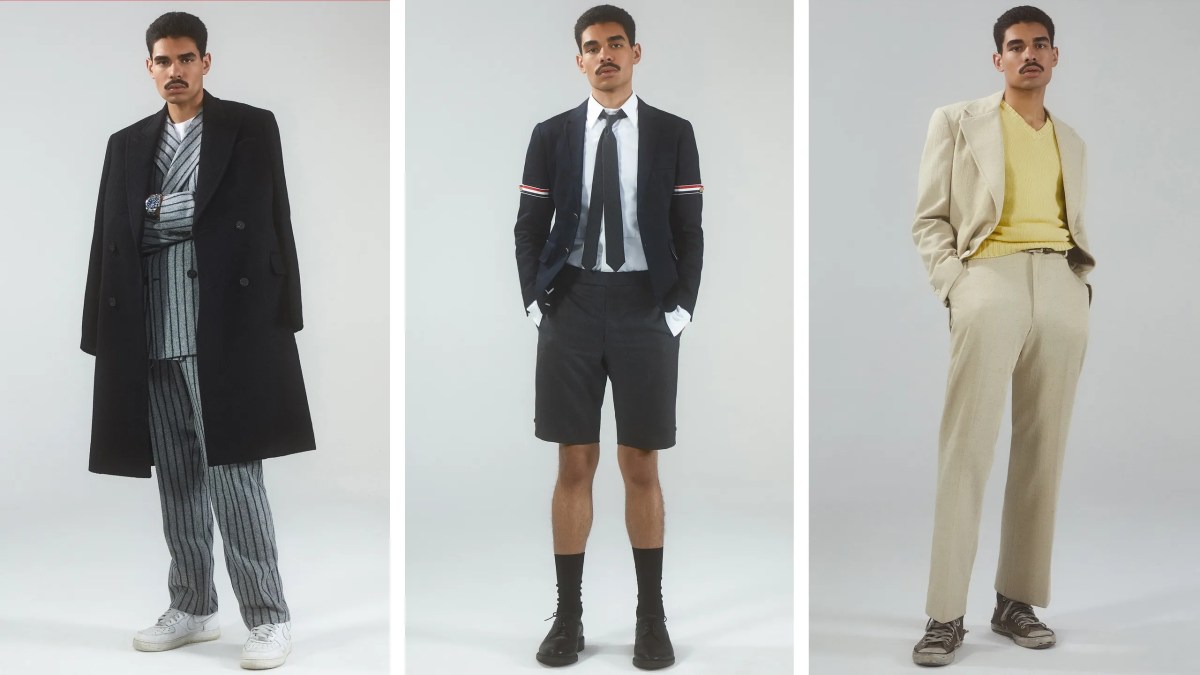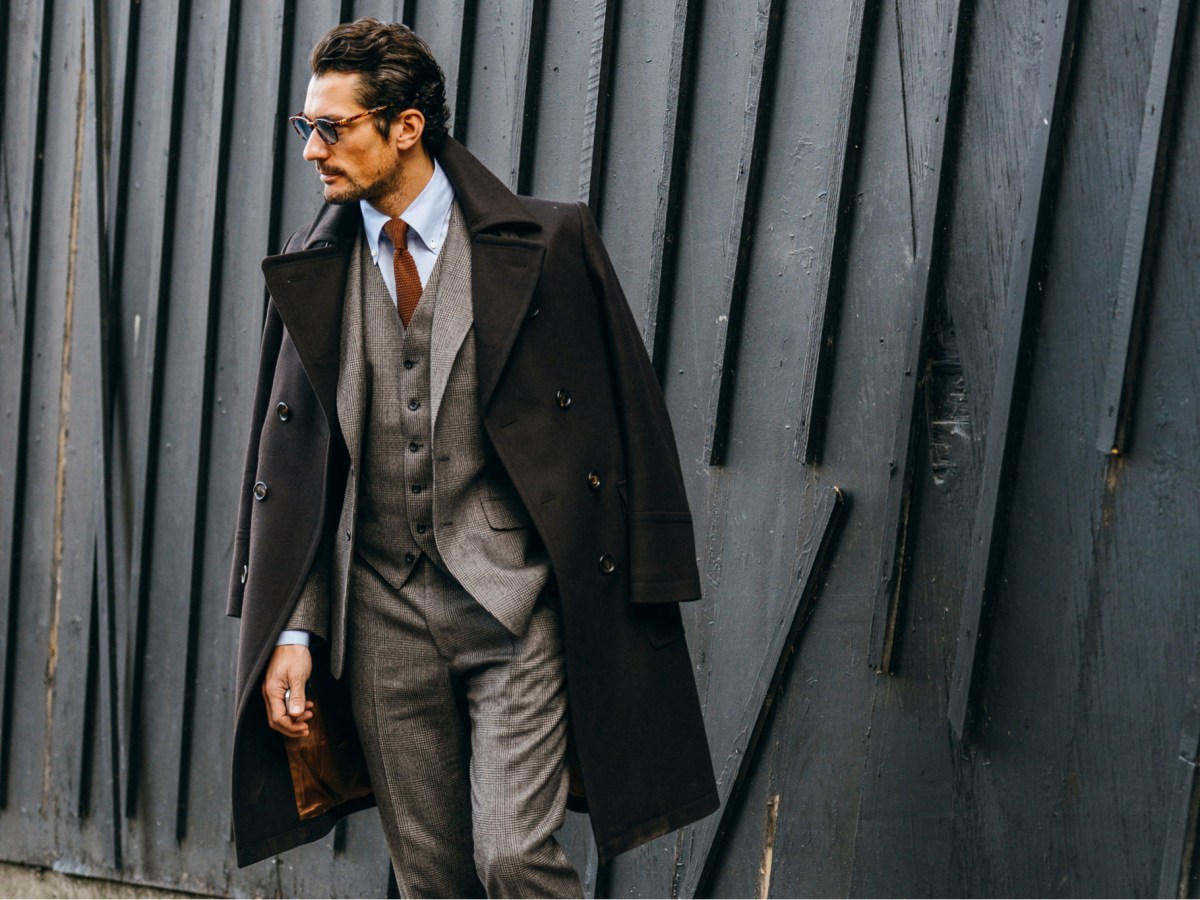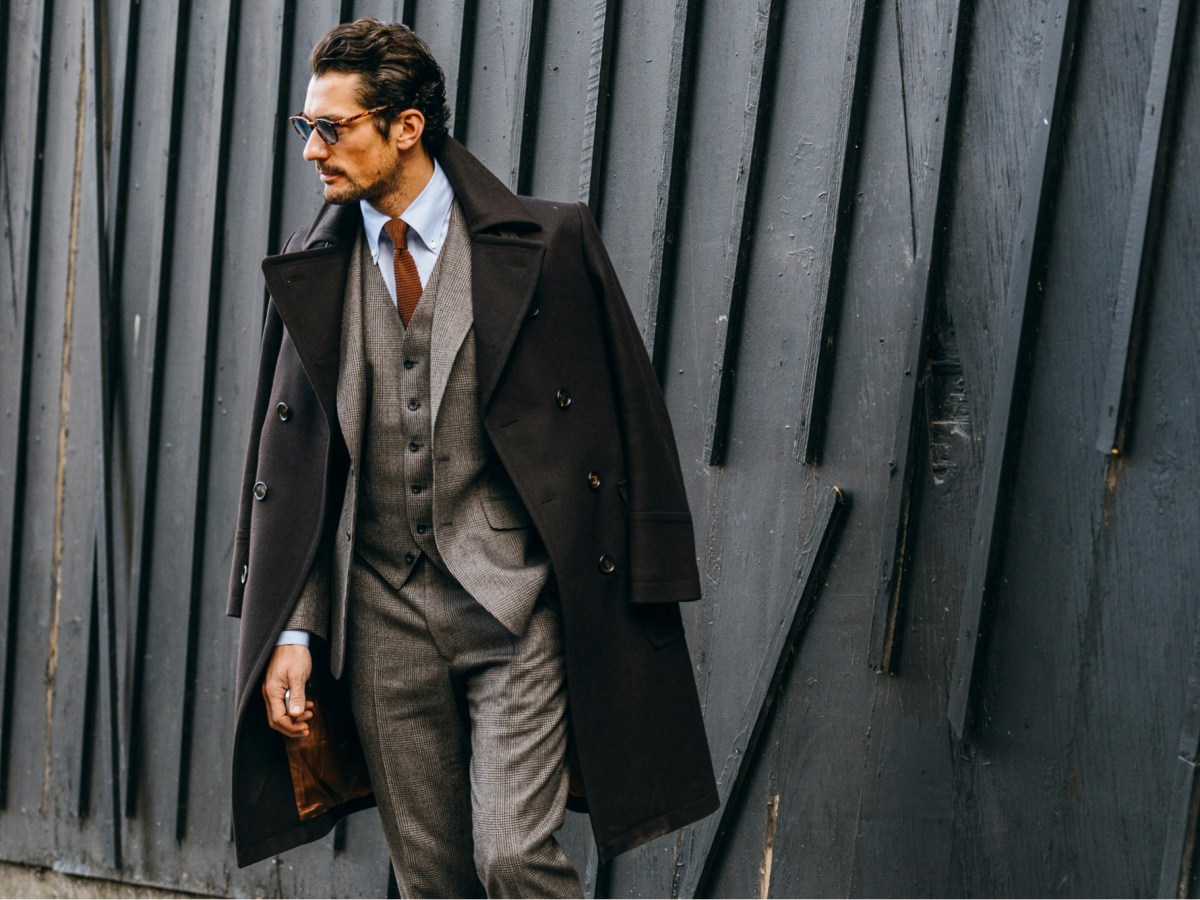Dress coat meaning goes beyond simply a coat for dressing up; it’s a journey through history, style, and etiquette. This guide explores the different types of dress coats, from the classic Chesterfield to the practical peacoat, delving into their unique features, materials, and the occasions they best suit. We’ll uncover the fascinating evolution of the dress coat, its appearances in popular culture, and the essential care tips to keep your garment looking its best.
We’ll examine the nuances of dress coat etiquette, providing helpful dos and don’ts to ensure you make a stylish and confident impression. Understanding the subtle differences between a dress coat and similar outerwear, like an overcoat or trench coat, is key to selecting the perfect garment for any occasion. Get ready to elevate your wardrobe knowledge and confidently navigate the world of dress coats.
Understanding the Dress Coat: Dress Coat Meaning
The dress coat, a timeless garment, transcends mere outerwear; it’s a statement of style, sophistication, and occasion. This article delves into the history, styles, etiquette, care, and cultural impact of this versatile piece of clothing.
So, “dress coat” usually means a formal, stylish overcoat. Thinking about formality, it reminds me of the strategic thinking needed in games like the defender game , where you need a carefully planned defense. Just like choosing the right dress coat depends on the occasion, choosing the right defensive strategy in a game is equally crucial for success.
Back to dress coats, remember that the style and material will depend on what you’re wearing underneath.
Defining “Dress Coat”
A dress coat is a formal or semi-formal outer garment, typically longer than a jacket, designed for warmth and style. Historically, it served as a practical yet elegant layer for various social occasions. Unlike a casual jacket, a dress coat often features more structured tailoring, higher-quality materials, and distinct design details.
So, a dress coat basically means a formal, usually long coat. Thinking about formality, it reminds me of the intense focus needed to master classic arcade games like the centipede video game , where one wrong move means game over. Getting back to dress coats, the right one can make you feel just as sharp and ready for action as a high-score run.
Dress coats have a rich history, evolving from practical outerwear worn by the aristocracy and military in the 18th and 19th centuries to the stylish pieces seen today. Early iterations often incorporated elaborate embellishments, reflecting the wearer’s status. Over time, designs simplified, yet retained their sophisticated essence.
Compared to an overcoat, which is generally more utilitarian and less structured, a dress coat prioritizes style and elegance. A trench coat, characterized by its belted design and water-resistant fabric, serves a primarily practical purpose, differing from the dress coat’s focus on formal occasions.
Key features distinguishing a dress coat include its length (typically knee-length or longer), tailored fit, high-quality materials (wool, cashmere, or tweed are common), and often elaborate details such as notched lapels, welted pockets, and specific collar styles.
So, a dress coat basically means a formal coat, right? It’s all about the occasion; you wouldn’t wear one while, say, checking out the latest advancements in news technology at a drone expo, but you definitely would for a fancy dinner. The style and fabric matter too – think wool or cashmere for that truly dressy look.
Ultimately, a dress coat signals a level of formality.
Types of Dress Coats

Several distinct styles of dress coats exist, each with its unique characteristics and appropriate settings. Material selection also plays a crucial role in determining the overall look and feel.
| Style | Material | Typical Occasion |
|---|---|---|
| Chesterfield | Wool, cashmere | Formal events, evening wear |
| Reefer | Wool, Melton | Semi-formal events, colder climates |
| Peacoat | Wool, heavy wool | Informal, colder climates |
| Ulster | Heavy wool, tweed | Countryside outings, formal outings |
Visual representation of collar styles: Imagine a palette of four distinct collar designs. First, a classic notched lapel, sharply pointed and symmetrical, in a deep navy blue. Second, a shawl collar, softly rounded and enveloping, in a rich burgundy. Third, a peak lapel, characterized by its pointed, upward-curving shape, in a sophisticated charcoal grey. Lastly, a mandarin collar, standing upright and close to the neck, in a subtle olive green.
Dress Coat Etiquette and Occasion

Proper etiquette ensures that wearing a dress coat enhances rather than detracts from your appearance. Understanding appropriate occasions and the nuances of wearing this garment is essential.
- Appropriate occasions include formal events, weddings, business meetings, and other situations requiring refined attire.
- Examples of suitable situations: attending a gala, a formal dinner, a business presentation, or a sophisticated social gathering.
Etiquette includes proper buttoning (usually buttoned when standing, sometimes unbuttoned when seated), avoiding excessive accessories, and ensuring the coat is clean and well-maintained.
- Dos: Choose a coat that fits well, maintain cleanliness, button appropriately, and consider complementary accessories.
- Don’ts: Wear a dress coat to overly casual settings, pair it with inappropriate footwear, or leave it unkempt.
Dress Coat Care and Maintenance, Dress coat meaning
Proper care ensures longevity and maintains the appearance of your dress coat. Regular cleaning and appropriate storage are key elements of upkeep.
- Regularly brush the coat to remove dust and debris.
- Spot clean stains immediately using appropriate stain removers; for stubborn stains, professional cleaning is recommended.
- Store the coat in a breathable garment bag in a cool, dry place, away from direct sunlight and moisture.
- Professional cleaning is essential at least once a year, or more frequently if worn regularly or exposed to significant dirt or spills.
Dress Coat in Popular Culture and Fashion
The dress coat’s enduring presence in popular culture and fashion showcases its versatility and timeless appeal.
Films and literature often depict dress coats as symbols of sophistication, power, or mystery. Think of classic film noir detectives or distinguished literary characters. Certain individuals, from historical figures to modern celebrities, have become associated with specific dress coat styles, further solidifying its place in cultural consciousness. Over time, design elements have evolved, reflecting changing fashion trends while retaining the core elements of a classic dress coat.
So, a dress coat means a formal coat, right? Think about the level of formality – it’s all about presentation. Sometimes, escaping that formality feels like needing to win a breakout game to get to something more relaxed. The contrast is interesting; one’s all about polished presentation, the other about clever problem-solving and escape. Ultimately, though, both a dress coat and a successful breakout attempt represent a kind of achievement, a victory of sorts.
The dress coat’s adoption by various subcultures and fashion movements highlights its adaptability. From its use in formal settings to its integration into more contemporary styles, the dress coat has consistently proven its versatility.
Closure

From its rich history to its modern interpretations, the dress coat remains a timeless symbol of sophistication and style. By understanding its various styles, appropriate occasions, and proper care, you can confidently incorporate this classic garment into your wardrobe. Whether you’re attending a formal event or seeking to add a touch of elegance to your everyday attire, mastering the art of the dress coat will undoubtedly enhance your personal style and leave a lasting impression.
FAQ Summary
Can I wear a dress coat casually?
Yes, some dress coat styles, like a shorter peacoat or a less formal reefer, can be dressed down with jeans and a sweater.
How do I choose the right size dress coat?
Ensure the shoulders fit comfortably without pulling, the sleeves reach your wrists, and the coat length is flattering—generally hitting around mid-thigh or slightly below.
What are some modern alternatives to traditional dress coats?
Modern designers often offer slim-fit or contemporary interpretations of classic styles, incorporating updated fabrics and details while retaining the elegance of a dress coat.
How often should I have my dress coat professionally cleaned?
At least once a year, or more frequently if exposed to rain or heavy wear. Always follow the care instructions on the garment’s label.
